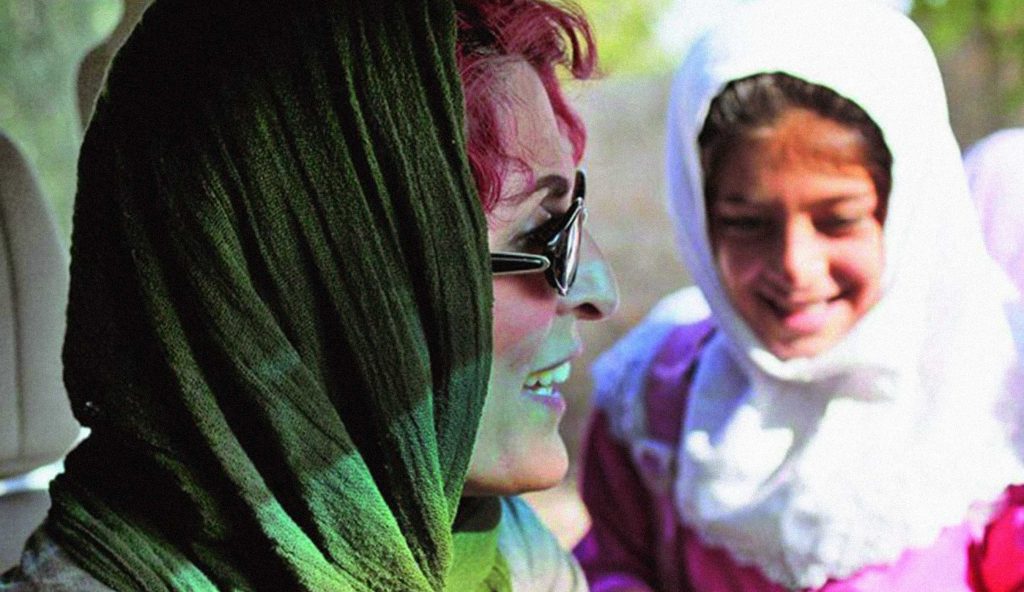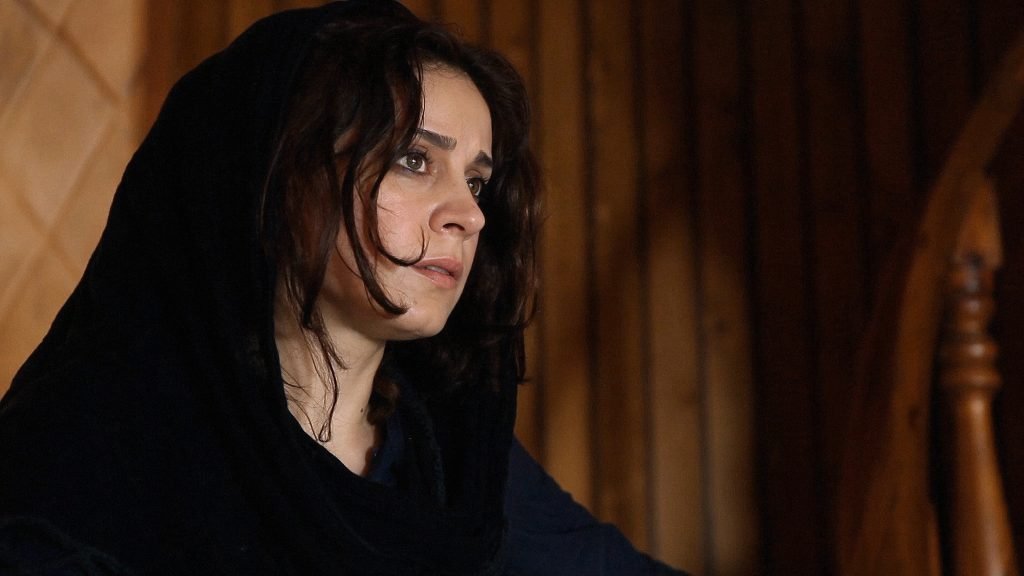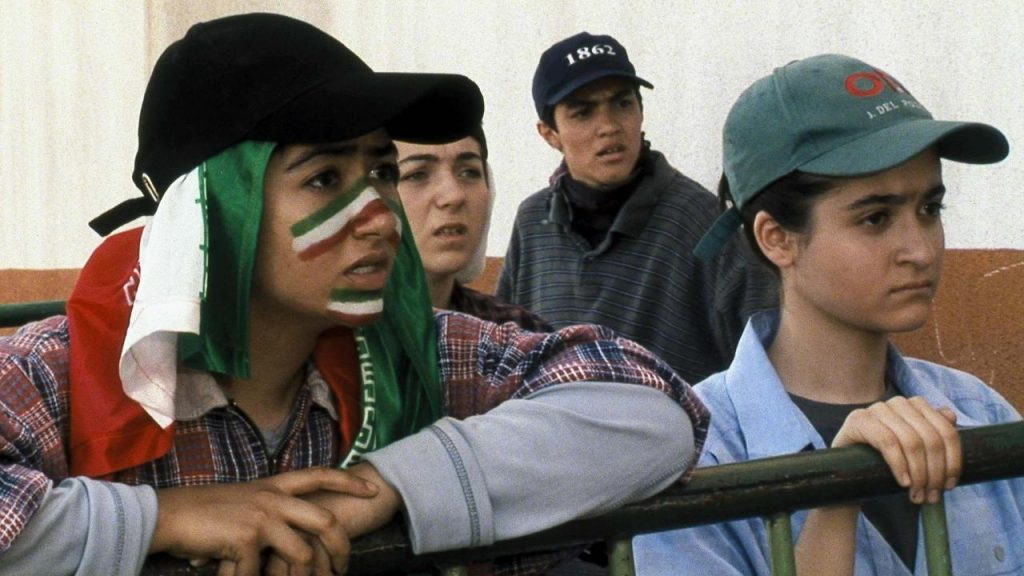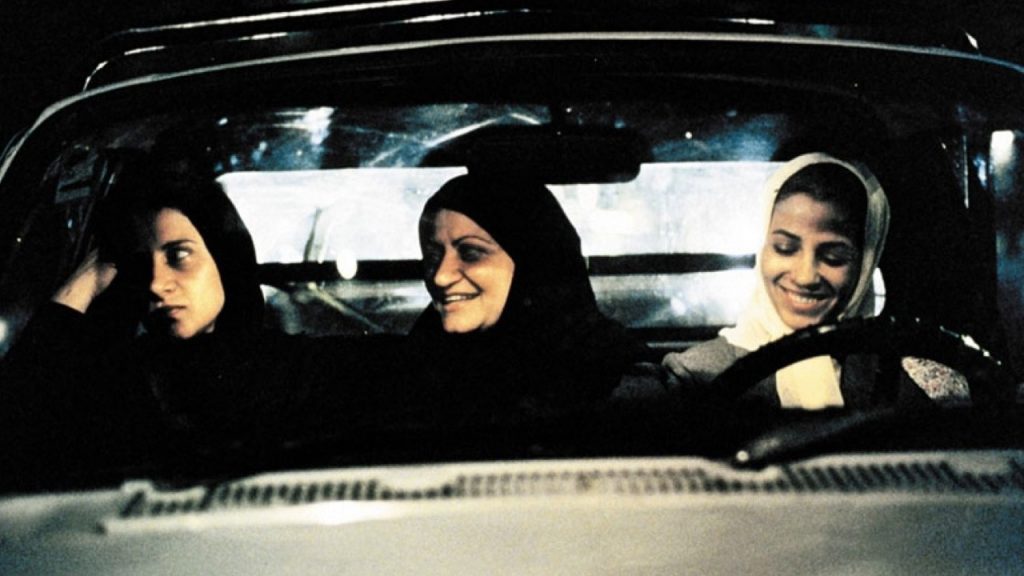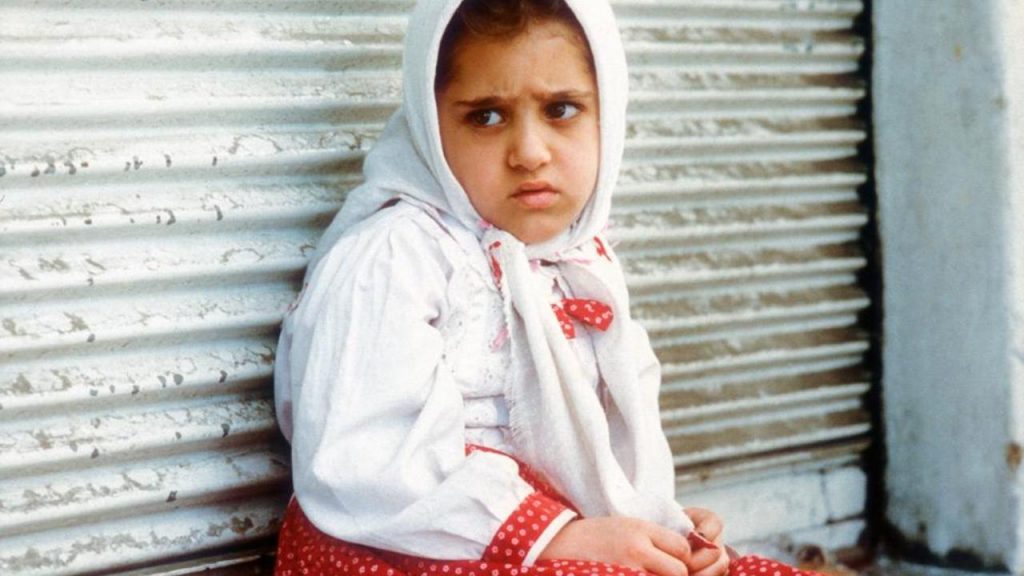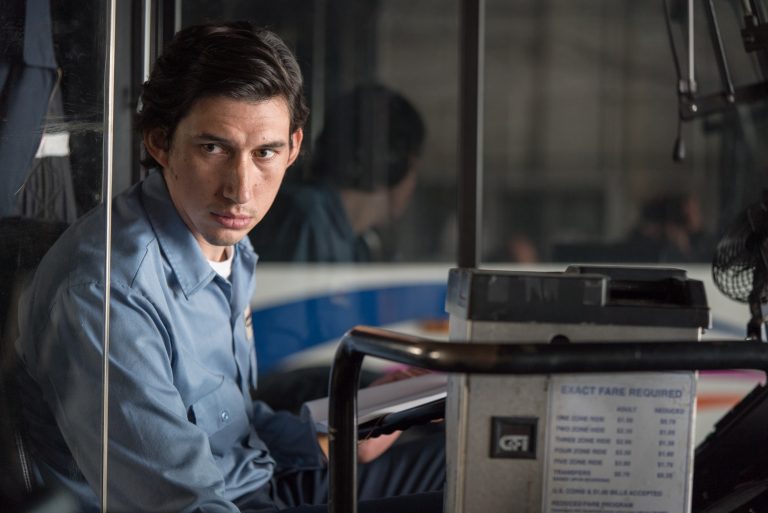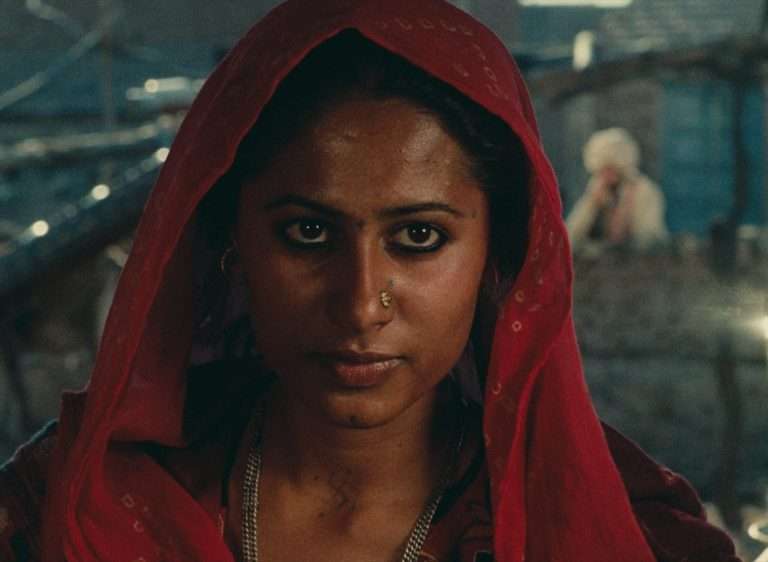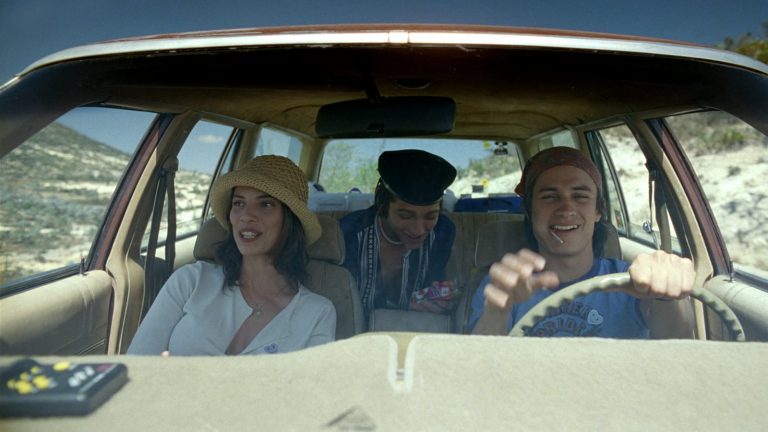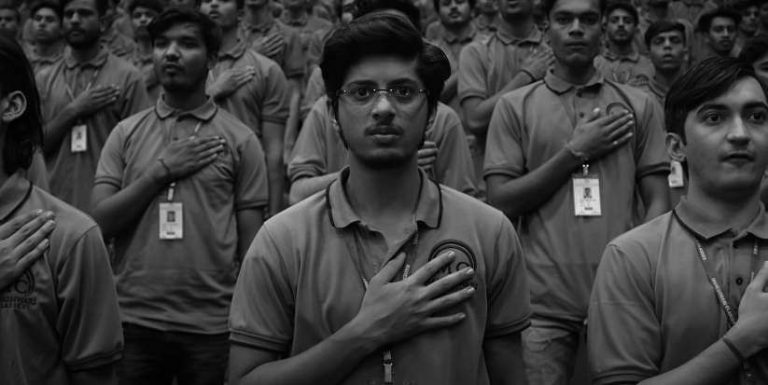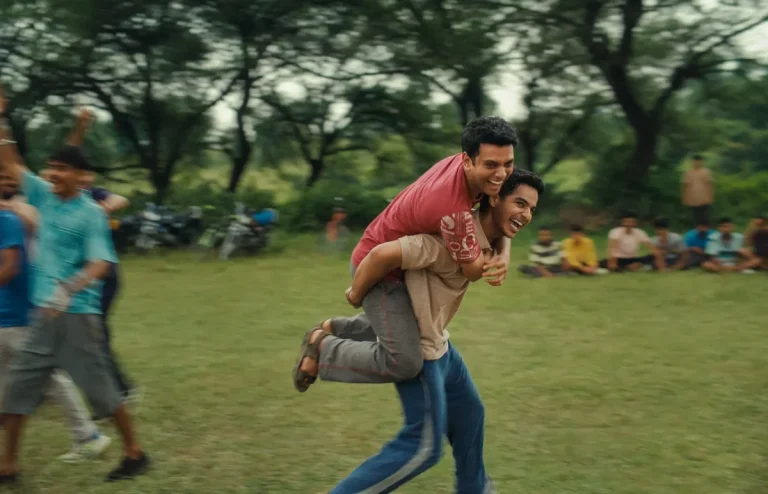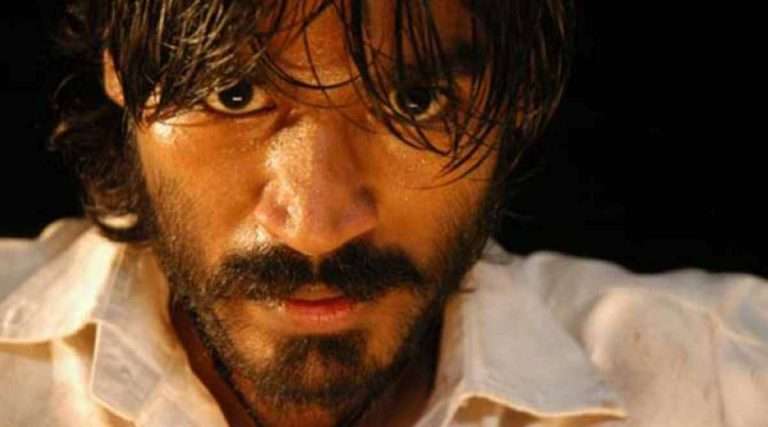Time and again, Jafar Panahi has proved that films have immense potential as timeless documents depicting the present socio-political situation of a nation without pandering to propaganda. The films of Panahi stand out for their natural familiarity and conviction that every person’s effort to live their life according to their terms is the most interesting struggle in existence. The viewing experience of his films frequently occurs in our calmest, most reflective areas. His films boldly critique the establishment by making political and social commentary.
In the year, 2011, Panahi was imprisoned under house arrest for a false propaganda accusation 20-year ban on creating films in Iran. He was also given a six-year prison term. But the legendary filmmaker has exhibited bravery in the face of adversity. In the year, 2011, he made a film secretly, and the film was smuggled to be screened at the prestigious Cannes film festival. This proves that genuine filmmaker who is committed to the medium cannot be prevented from expressing themselves. Jafar Panahi remains one of the most intellectually inquisitive and agile voices in Iranian cinema. He keeps churning out intriguing cinematic works while laughing off at the Iranian government’s dogmatic constraints. With each film, he is refining the art of cinema with surprising accuracy. This is a good time to watch Jafar Panahi’s most recent film because Iranian women are rising against their misogynist bullies.
So, here are his ten feature films ranked in order. I would like to mention that Panahi has also made several short and documentary films, which are not ranked here because they deserve another list.
10. No Bears (2022)
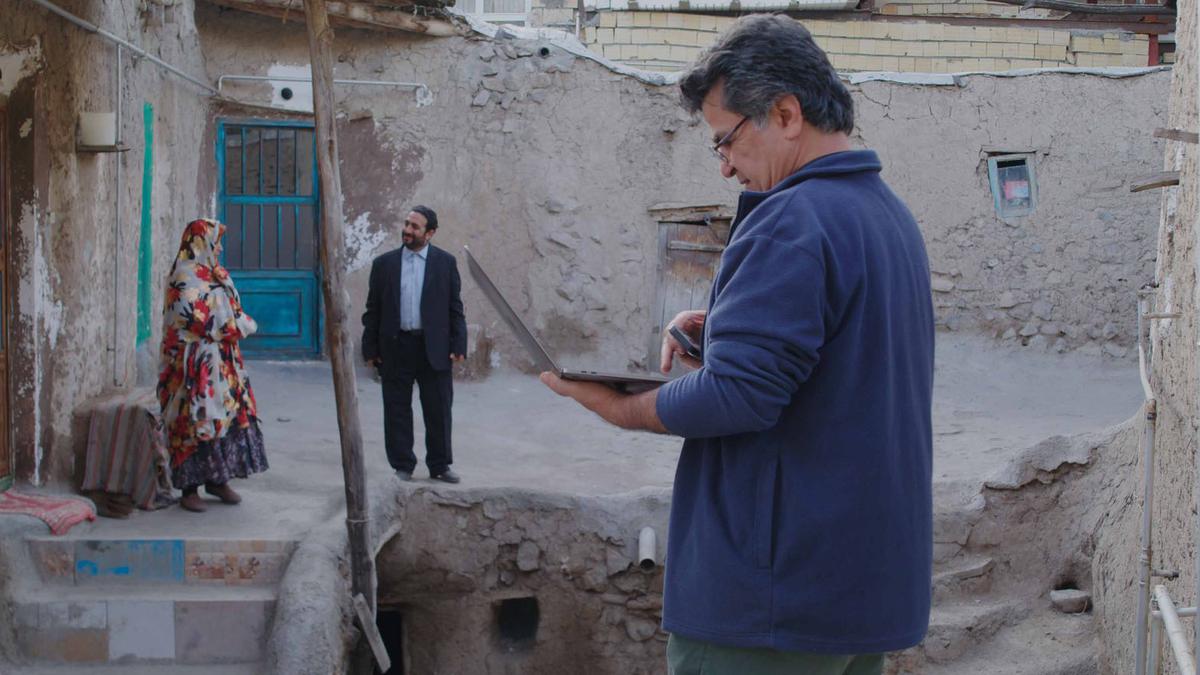
In No Bears, Panahi portrays himself as “Jafar Panahi,” a filmmaker who is not allowed to make movies or travel outside his nation. The cast of the film includes an Iranian couple, Bakhtiar (Bakhtiar Panjei) and Zara (Mina Khosravani). The film’s story is based on their real-life experience of trying to leave Iran for good. The film is shot in a small Turkish town situated across the border of Iran. Panahi is monitoring the filming through Skype while leaving the actual hands-on direction to his assistant Reza (Reza Heydari). He could easily accomplish this from Tehran. But Panahi prefers working from a rented room in a small Iranian village just a few miles across the border. He does so because it makes him feel as close as possible to his film’s characters.
The most humorous aspect of the film is derived from the fact that the locals have bought into his Panahi’s lie that he is there to document local traditions, including an upcoming wedding. The residents are informed to protect themselves from the bears roaming the freely and wildly along the countryside. The ‘bears’ are a symbolic representation of the moral policing in the country, and the helpless Iranian people are conditioned to be afraid of them.
Once more, Panahi achieves great visual interest moments in a rather impromptu manner. The film combines integrity, creativity, and aesthetics in its depiction of both the dilemmas and the undying spirit of Iranian artists. No Bears honestly addresses such crucial issues in this clever and enigmatic metafiction work.
9. 3 Faces (2018)
In 3 Faces, a young girl’s video request for help circulates on the internet. Her family has forbidden her from enrolling in a career in acting. So, she is in a state of distress and threatens to commit suicide. Actress Behnaz Jafari comes across this viral video. A feeling of concern engulfs her, and she calls filmmaker Jafar Panahi to help the young girl in solving her problems. Thus, Behnaz and Panahi embark upon a road trip to the remote areas of the northwest Iranian highland and locate the house of the girl. On reaching the village, they encounter the friendly and courteous inhabitants of the village. At the same time, both of them also learn that the ingrained rigid customs of Iranian society are difficult to amend.
The title of the film is derived from the fact that it depicts filmmakers from three different generations. Marziyeh Rezaei is the girl in the viral video. The popular actress Behnaz Jafari is the one who comes across the video. Shahrzad, a popular actress from yesteryears, who was banned after the revolution. It is interesting to note that she is present as a voice-over throughout the film, and such a creative choice has a symbolic meaning embedded beneath the narrative structure.
Amin Jafari’s cinematography captures the limitless landscapes, the gritty daylight colors, and the winding country roads with vibrant framing. It is the fourth unauthorized film that Panahi has made since the ban in Iran. Through this film, he examines both his nation’s troubled relationship with its cinematic legacy and its enduringly patriarchal values.
8. Closed Curtain (2013)
Closed Curtain was shot in Panahi’s vacation villa on the Caspian Sea. As the narrative unfolds, we discover that in a secluded home by the sea, a solitary author lives with his cherished dog. Possessing pets is against Islamic law, and so he lives alone. But his secret way of living is interrupted when an enigmatic woman knocks on his door.
Panahi has co-directed the film with Kambozia Partovi, an Iranian director. Most of the time, viewers don’t need to be familiar with the filmmaker’s prior body of work. The reason being anyone who starts watching the film without knowing anything about Panahi and his tribulations would get bemused by a feeling of being lost and baffled. At the same time, the is principally a psychological self-portrait that relies on the viewer’s familiarity with Panahi’s previous work.
Panahi has surprisingly crafted a tremendously sensitive and provoking film. There is a sublime fear in the narrative that is finely constructed with an aura of eeriness. His detached camera and calm approach serve to emphasize the essential loneliness of the setup. This movie shines in the second half when Panahi ventures into the realm of surrealism.
Closed Curtain has a flexible, retrained structure that plays more overt tricks with reality. But it’s also a lot more depressing rather than a clever piece of art overcoming hardship; it’s a work abandoned when the artist loses hope. The house of the writer is a place stunted in its almost comfortingly tragic quagmire. Tragedy has a strong valency, where it can create bonds and memories arguably stronger than any euphoria.
Related to Jafar Panahi: All Asghar Farhadi Films Ranked
7. This is Not a Film (2011)
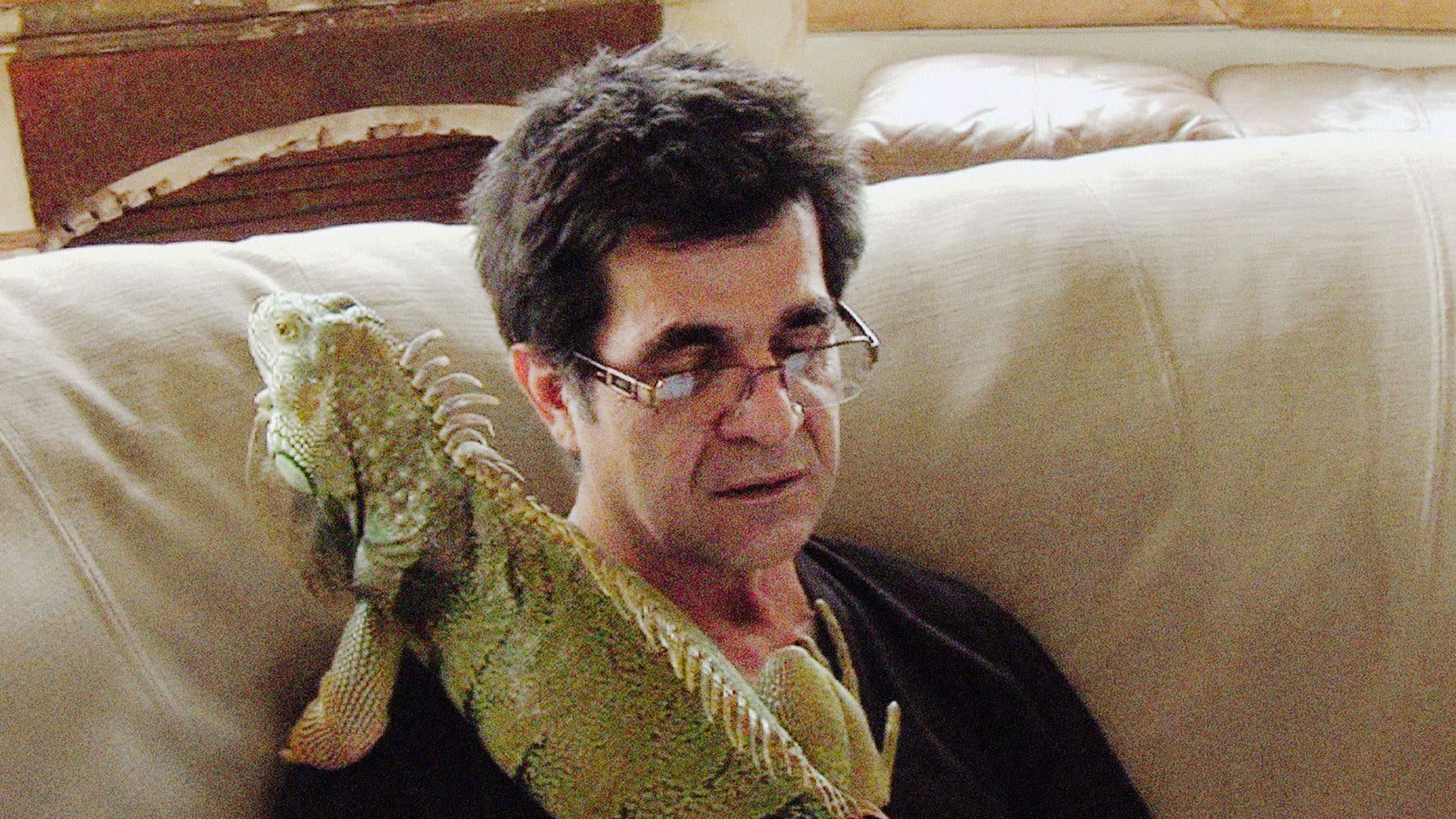
‘This Is Not a Film’ functions like a visual document, a fascinating look into Jafar Panahi’s life and creative process when he was incarcerated. The government is attempting to suffocate his life. However, Panahi responds with one blow after the other. It is an engrossing personal narrative, a subtly passionate declaration of artistic intent, and an unwavering tribute to his faith in the power of film.
Panahi produced this gripping, low-budget movie about a day in his life despite being confined to his flat while fighting his appeal and effectively under house arrest. We go through the recreation of Panahi’s day, from hearing the news that his appeal had been denied to waiting for the doorbell to ring. The mise-en-scene of the film is kept simple. The narrative is designed to conceal and maybe disappoint. It meanders and travels in circles. The finale serves another purpose than simply wrapping up the narrative. A case can be made for the movie, but it would involve transforming the experience of viewing the film into something more interesting, a fable about life and existential questions. Viewers who have short attention spans will grow restless
The film was shot entirely within Panahi’s flat. Two camera devices were used in parts. A simple DV camera and the filmmaker’s iPhone. After the film was complete, it was copied on a USB stick, concealed in a cake, and eventually smuggled out of the country. That’s how the film had a world premiere at the 2011 Cannes Film Festival.
6. Crimson Gold (2003)
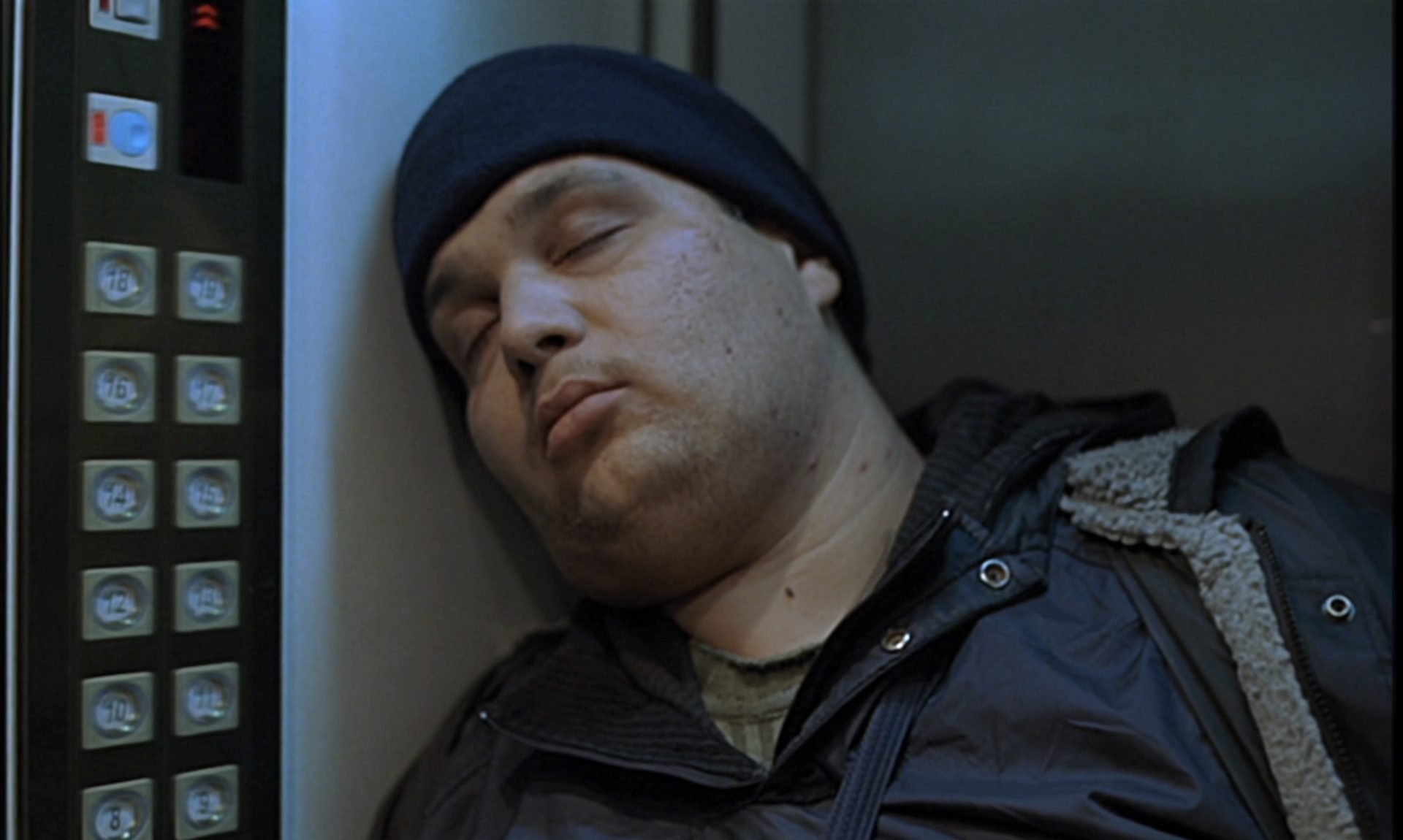
Hussein (Hossain Emadeddin) is a clumsy former soldier. He is swollen from cortisone treatment for pain brought on by the war. Now, he is compelled to work as a Pizza delivery executive. While delivering pizzas at night while observing the ostentatious lifestyles of the wealthy in the city, and observing the inequality in income distribution regularly in his country Iran. One day, he finds a handbag filled with stunningly expensive receipts from an upscale jewelry store. Due to his working-class attire, the shopkeeper refuses to accept his attempt to return the purse. Then, while Hussein is delivering a delivery, a wealthy man (Pourang Nakheel) invites Hussein into his beautiful mansion, causing Hussein to begin a mad dash for riches. Hussein can no longer tolerate his lowly position.
The screenplay of the film is written by Abbas Kiarostami, whose inspiration came from a newspaper article about a pizza deliveryman who robbed a jewelry store in Tehran, shot the owner, and then killed himself. The film can be perceived as a searing examination of social divides, urban fear, and urban loneliness,
This gripping character study of a man whose reason for committing a crime is progressively revealed over the film’s ninety-plus minutes. The protagonist Hossain Emadeddin, a non-professional actor who works as a pizza delivery man, plays the lead with utmost authenticity. Although some commentators have said that the story is American, this argument appears dubious in light of how tiny the world is becoming.
5. Taxi (2015)
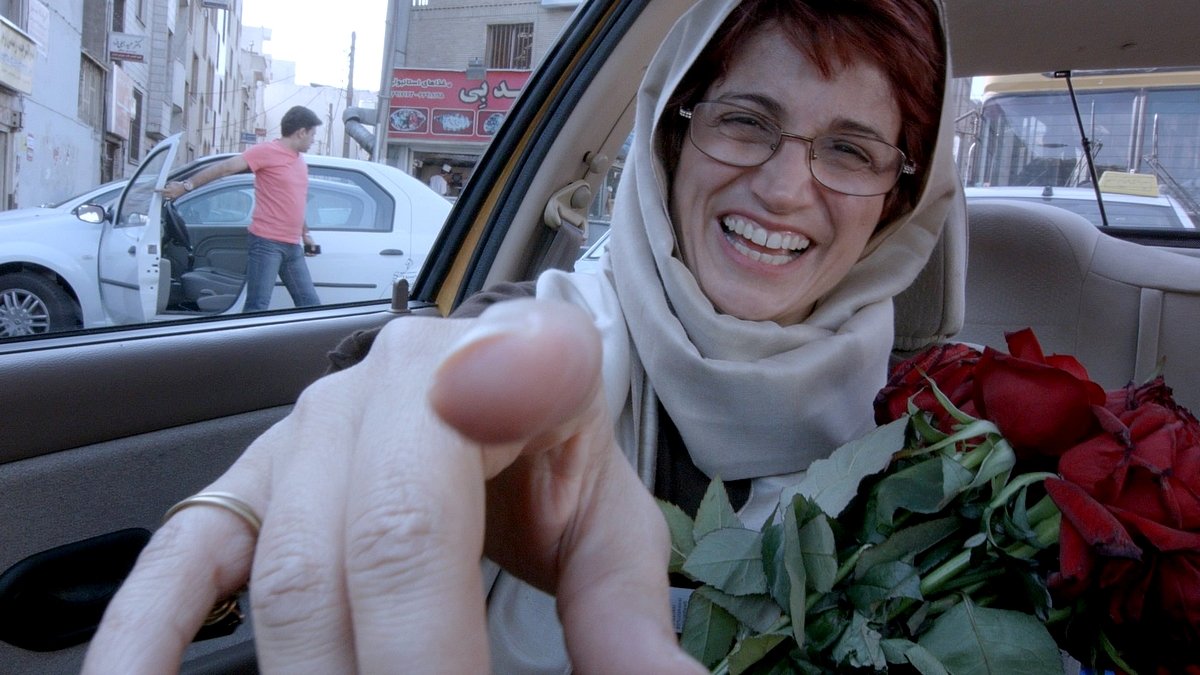
A yellow taxi drives through the vibrantly colored and lively streets of Tehran. When the cab driver, none other than the director Jafar Panahi himself, conducts interviews with the numerous passengers, they all openly express their viewpoints. His camera, which is situated on the dashboard of his mobile film studio, catches the pulse of Iranian society through this hilarious, surprising, and amazing equal amount. The entire film is shot inside a taxi.
With Taxi, Panahi exploits the limits of a moving automobile to unfurl a snapshot of Tehran and its residents in real-time, following in the footsteps of the legendary Abbas Kiarostami. This time, things are a little more advanced. The distinction between fiction and reality is blurrier than in the previous two movies, and there are many angle shots and editing. Small dashboard cameras record every encounter between passengers and Panahi while he drives a taxi, picking up passengers.
There is a wide range of travelers. Among the passengers are a confessed thief, a female college student, two grandmothers with goldfish, a businessman, a man who has been hurt, and his wife, a friend, and Panahi’s real-life niece, Hana Saei. They are all amateur performers adding verisimilitude to the narrative and serving to draw attention to a certain ridiculousness in the Islamic Republic. It is a brilliantly nuanced tale, that quintessential Iranian capital – Tehran, in this case – reflected in them with all its intimacy and prejudices. The urbanity of the city is never romanticized, though, and there is an admirable matter-of-fact quality to how the stories progress and end.
Related Read: Taxi (2015): An Awe Inspiring Iranian Minimalist Cinema
4. Offside (2006)
The plot of the film is simple. Iranian women disguise themselves as men to enter Tehran’s stadium to watch the match between Iran and Bahrain because women are not permitted to attend soccer games. Those who are caught not following strict regulations are arrested and transferred to a detention area under military protection. One friendly soldier consents to peek through the peephole and report what happens to the eager spectators in camouflage.
Offside means passing through the last line of defenders without the ball being taken, a term used in the game of soccer. This is what the women characters in the film do with the regimented authorities of Iran. They transgressed the boundaries of Iranian society, and the public still rewards them for their transgression. Panahi filmed it with audacity and flair at the actual stadium, during the actual game, and had two improvised climaxes in his mind. Offside, an obvious critique of Iran’s patriarchal society makes the oppression of women the main emphasis of the narrative rather than slipping the subject into the background of his story.
The film was made over a thirty-nine-day period using a handheld camera. To maintain the documentary tone of the movie, Panahi cast unknown performers. Many scenes were captured during the actual game. The real-world locations, street-smart dialogue, inconspicuous camerawork, and subtle editing all contribute to its realistic vibe. Panahi tells his story with a fair and even hand to express empathy. The actors, as sometimes happens, create those miracles that can endow a film with conviction.
3. The Mirror (1997)
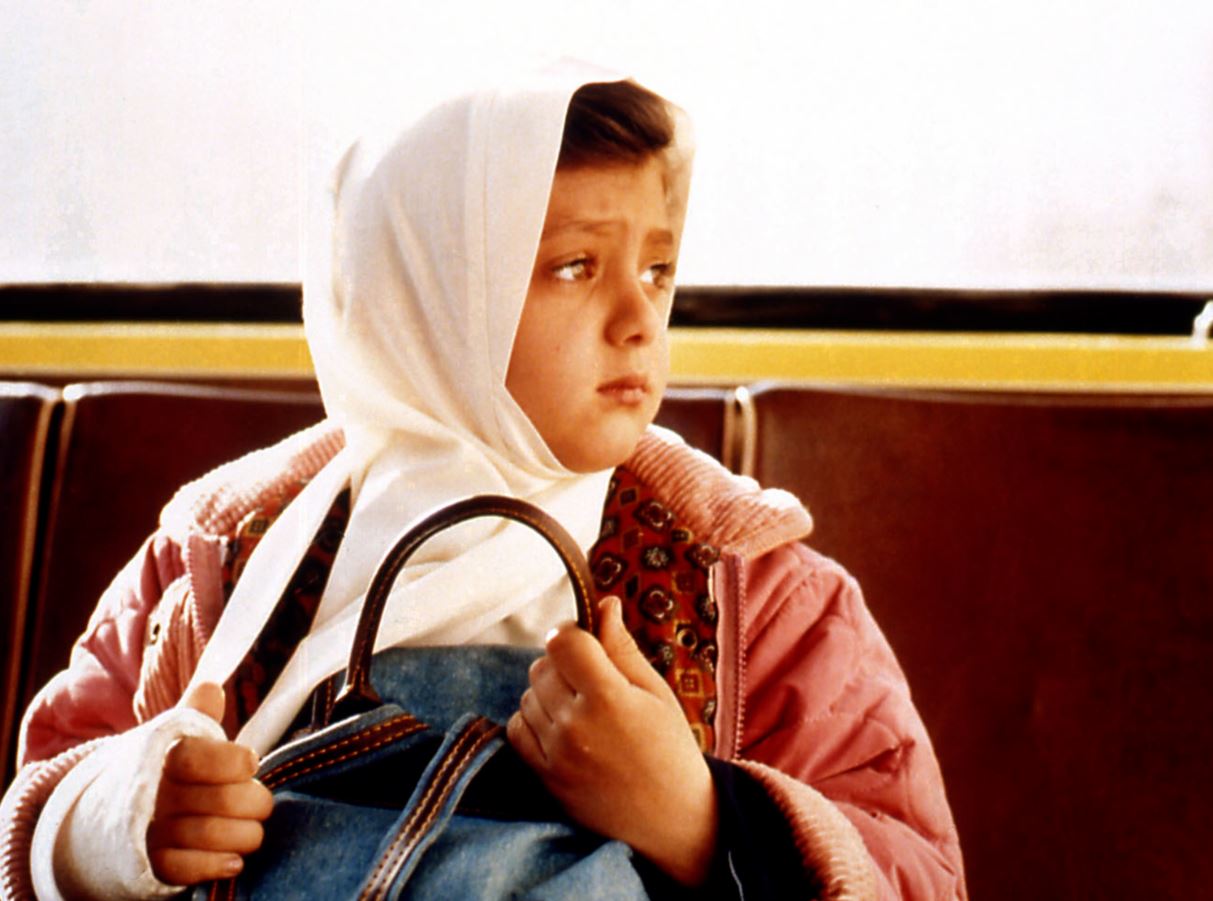
Panahi’s Sophomore is a straightforward tale of Mina (Mina Mohammad Khani), a young girl whose mother is running late to pick her up from school. She boards the bus, keeping a determined look on her face, and tries to find her way home. As the young girl tries to navigate Tehran’s streets on her own, we get a glimpse of Iranian society.
You might be surprised to learn how sophisticated this film is. First of all, it is about Iranian women and sternly criticizes Iranian women’s oppression in Iran. Panahi has already delivered a symbolic message about how he will represent Iranian culture by choosing a young girl to be the lead. The girl is currently abandoned, with a broken arm and no identity card. She thus joins the wider group of women who are attempting to forge their own identities. She also requires assistance from others to travel and is unable to do so alone, which strengthens the filmmaker’s motivation. When the girl is riding in the bus with the woman, we get a glimpse of her future. Each of the women, who range in age, experiences issues with the males in their lives. All of them resemble captives. And this is what the young lady would eventually encounter.
The girl decides to stop acting in the film midway. Panahi decides to film her without letting her know. Even though she no longer wants to play the part, she is compelled to do so. But the conclusion is encouraging. The girl escapes the film crew and provides a tip as to what Iran must do.
Similar to Jafar Panahi: 10 Most Essential Majid Majidi Films
2. The Circle (2000)
In The Circle, two Iranian women attempt to flee to one of the women’s hometowns during a brief leave of absence from prison. Unfortunately, they are caught by the police. A friend of theirs who broke free from jail is now pregnant and in need of an abortion. The narrative of each of these women is communicated by alternating back and forth between them.
The story is introduced in a hospital by a grandmother who is upset that her daughter-in-law has just given birth to a girl. Among the ex-cons we encounter is a mother trying to leave her small daughter on the street. A prostitute is led to a prison cell where the new mother from the previous scene is scheduled to be arrested on unspecified charges. As a result, the film’s title is justified.
The film by Iranian director Jafar Panahi is a passionate and hard-hitting social drama that centers on the miserable condition of women in his nation. As the film progresses, we learn about Iran’s suffocating laws for women, such as no smoking in public, in addition to the wearing of the chador and the segregated public transportation and education systems. No one may travel alone without a valid ID. Abortions are not permitted legally. So on and so forth. Every woman experiences something uncomfortable on her own. The characters all have the same issue—they are inferior citizens individuals. It is also a slow-moving and rather bleak film that demands a certain resilience from its audience.
1. The White Balloon (1995)
Razieh (Aida Mohammadkhani), a 7-year-old in Panahi’s debut film, longs for a new goldfish for her family’s pond but is told that all the stores will close in 90 minutes due to a weeklong holiday. When she and her brother Ali (Mohsen Kafili) persuade their mother (Fereshteh Sadre Orafaiy) to give them the family’s last 500 tomans, she must go to the market on time, stay away from sketchy characters trying to take advantage of them and save the money.
It is an 85-minute long film that takes place in real-time along a few blocks of Tehran on the morning of the New Year and is shot entirely in the exteriors. The film begins with Razieh’s mother (Fereshteh Sadr Orfani) buying at a market. She picks up Razieh, who is toting a blue balloon, and the two of them go home together. In this prelude, we have glimpses of almost all of the other main characters—and even a few minor ones—even though we haven’t yet recognized any of them.
The White Ballon proves that sometimes cinema is at its most potent when it is stripped down to the bare essentials and concentrates on portraying the simplicity of existence. The film is piercingly insightful without ever meandering from the core emotional thrust of its story. It has to be said that very few filmmakers have achieved such creative heights with their very first films. According to Panahi, ‘In a world where films are made with millions of dollars, we made a film about a little girl who wants to buy a fish for less than a dollar.’ So, without an iota of doubt, this is Panahi’s best work. Period.
Editor’s Note: The author of this list hasn’t had the chance to catch Jafar Panahi’s latest Palme d’Or–winning film, A Simple Accident, but as soon as that changes, this list will be updated.

